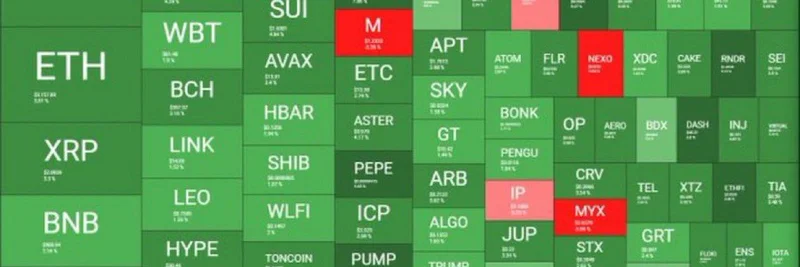Hey there, Meme Insider readers! If you’ve ever wondered how the wild world of blockchain tech connects to history, buckle up—we’re diving into a fascinating thread from tom 🐵 (@muhnkee) that blends the past with the future. This post takes us back to 1850 when Paul Reuter (yes, the founder of Reuters!) used carrier pigeons to zip stock prices from Aachen to Brussels. Fast forward to today, and it’s all about speeding up blockchain networks with some creative modern twists!
The Pigeon Post That Started It All
Let’s rewind a bit. In the mid-19th century, communication was slow—think horse-drawn carriages and steam trains. Paul Reuter saw an opportunity to outpace the competition by using carrier pigeons, those feathered speedsters, to carry stock market updates. These birds could fly faster than any train, giving Reuters a serious edge in delivering financial news. It’s a quirky yet brilliant example of how necessity drives innovation—something blockchain enthusiasts can totally relate to!
The tweet nods to this history while tying it to a modern analogy from Austin Federa (@Austin_Federa), who compared today’s public internet to the pre-interstate highway system in the U.S. Back in 1919, an Army convoy took over two months to travel from D.C. to San Francisco because the roads were a patchwork of inefficient routes. Federa’s point? We’re building a “highway system” for data now, and blockchain is at the forefront.
Enter DoubleZero and the Austin Fly-By
So, how does this connect to blockchain? The tweet’s author, @muhnkee, jokingly suggests that if DoubleZero, a cutting-edge blockchain infrastructure project, needs to speed things up, they might send Austin Federa flying with “packets of information.” It’s a playful nod, but it hints at DoubleZero’s real mission: revolutionizing how data moves in blockchain networks.
DoubleZero, led by Federa (formerly of the Solana Foundation), uses advanced tech like custom-designed switches with FPGAs (Field-Programmable Gate Arrays, basically super-smart chips) to handle blockchain tasks at lightning speed. One cool feature? Multicast technology, which sends data to multiple nodes at once instead of one-by-one, cutting down on bandwidth hogging. Imagine pigeons dropping messages to a whole flock at once—that’s the vibe!
Why This Matters for Meme Tokens and Beyond
For those of us tracking meme tokens and blockchain trends, this evolution is huge. Faster, more efficient networks mean smoother transactions, lower costs, and better scalability—perfect for the wild rides of meme coin trading. Plus, DoubleZero’s push for geographic diversity in validators could open doors for more people to join the blockchain party, no matter where they are.
The thread also sparked some fun replies. Zoe Lopez (@CercisY77076) loved the pigeon throwback, while Hypnogaba (@hypnogaba) pictured Federa soaring 20,000 meters for low-latency deliveries. It’s a reminder that even serious tech can have a playful side!
The Takeaway
From carrier pigeons to high-flying packets, the quest for faster data delivery has come a long way. DoubleZero’s innovations build on this legacy, promising to turbocharge blockchain networks like Solana. Whether you’re a meme token trader or a blockchain newbie, keeping an eye on projects like this could give you an edge. What do you think—will Austin take flight for the next big update? Drop your thoughts in the comments!
For more juicy blockchain insights, check out our Meme Insider knowledge base and stay tuned for the latest trends!


